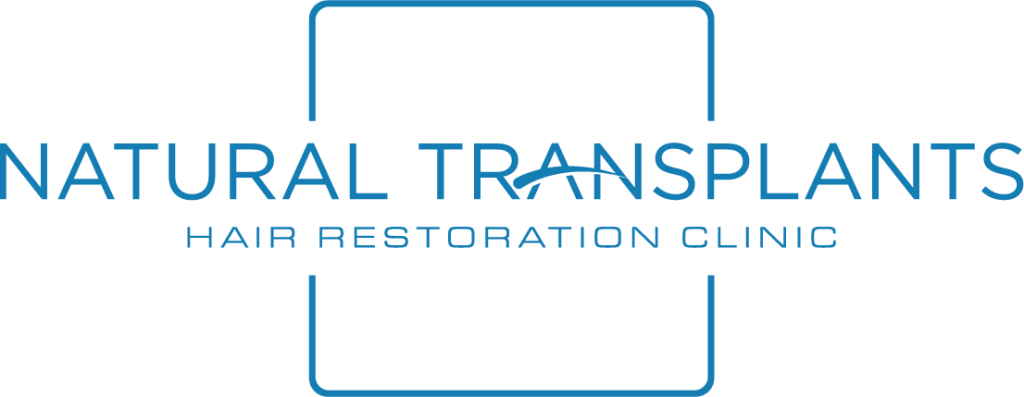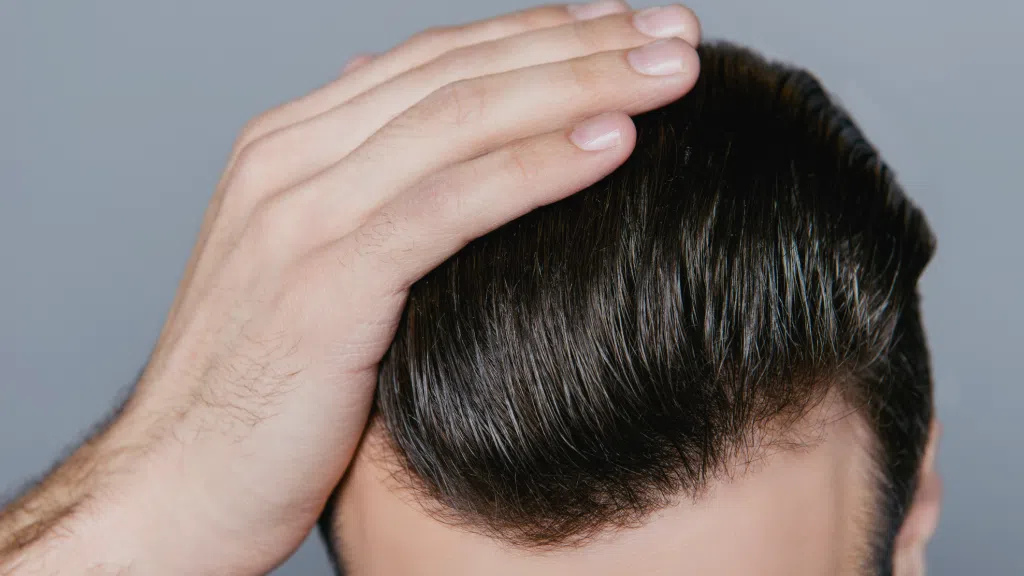Patients often ask, “How long will it take to start seeing results from my hair transplant?” Or “When will I have the final results?” Or perhaps “When can I return to work?” The following timeline is a summary of the hair transplant process, with of the milestones one can expect and demonstrates how easy it is to return to normal life after a procedure.
Hair Transplant Timeline
Post-Procedure Recovery Timeline
Disclaimer: This post-procedure recovery timeline offers a brief overview and is not intended as a comprehensive guide for post procedure care. You will receive detailed post-procedure instructions from your doctor after the surgery.
Reset & Recovery
During the first three days post-procedure, it’s advisable to try to limit excessive movement. For those flying in from out of town, it is perfectly OK to fly back the day after the procedure. Most patients are able to work on a computer or work from home during this time period. Ibuprofen (Motrin) is usually sufficient to manage mild discomfort, but prescription pain medications are prescribed if needed.
Days 1 - 3Suture Removal
For FUT (our HUE or HUE+) procedures, a simple suture will need to be removed by a medical professional 12-14 days post-procedure. This can be done here, or at your primary doctor or at an urgent care center near you. FUE procedures do not require sutures nor suture removal.
Days 12 - 14Healing Phase
The donor area will continue to heal and the scabs will start to clear. By the end of the second week, most scabs in the grafted area should have cleared. Patients can wear doctor-approved cover-ups (bandanas, baseball caps, doo rags, etc.) if needed during the first two weeks.
Weeks 2 - 3Follicle Resting Phase
During this period of the hair transplant recovery timeline, hair follicles enter the resting phase of their life cycle, appearing similar to pre-surgery hair. Patience is key during this period as growth should resume soon.
Months 1 - 3Anagen Phase
During this stage, patients should begin to notice their hair transplant growth. New hairs should begin to appear in the transplanted areas. In this stage, known as the "anagen phase" of the hair growth cycle, hairs that emerge from the scalp appear thin or wispy. However, over the subsequent months it will thicken up dramatically.
Months 3 - 5Maturation Phase
Patients should see significant new growth in the transplanted area. The transplanted hair typically will grow at a rate of a half-inch each month, so some hairs maybe 3 inches or more at the end of this period. Toward the end of this phase, you will notice your hair strands will begin to thicken and normalize. This part of the process is known as “maturation,” and the transplanted hair will begin to blend in with the non-transplanted hair.
Months 5 - 9Track Success
At this point, most of the transplanted hair has grown. As your hair grows longer, the volume of hair increases, providing a fuller appearance. The one year mark is used to track success, however, some patients may require additional months to see final results.
1 YearHave Questions? Our Doctors Are Here to Help
At Natural Transplants, our friendly and knowledgeable doctors can answer any questions you have about the hair transplant recovery timeline.

Actual Natural Transplants Patient

